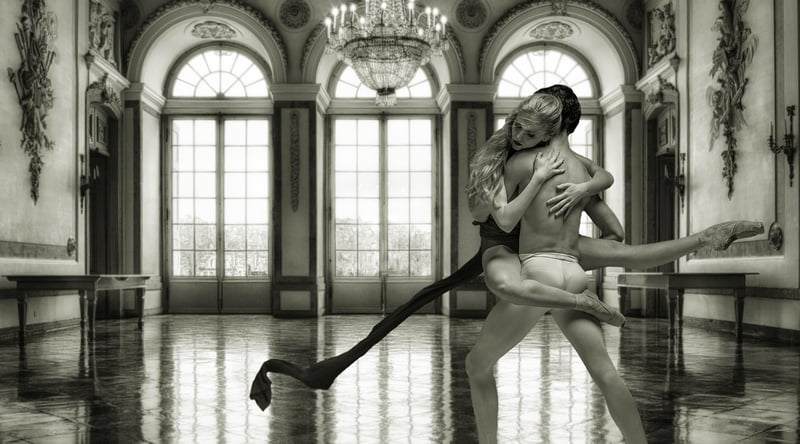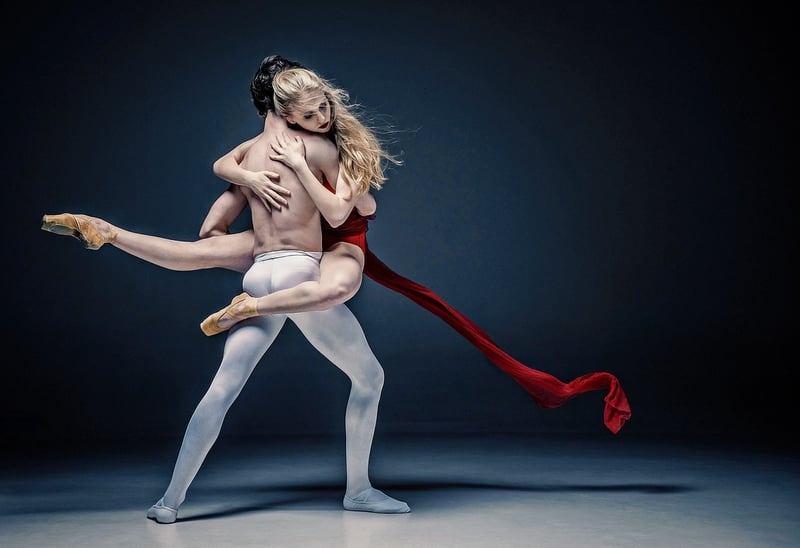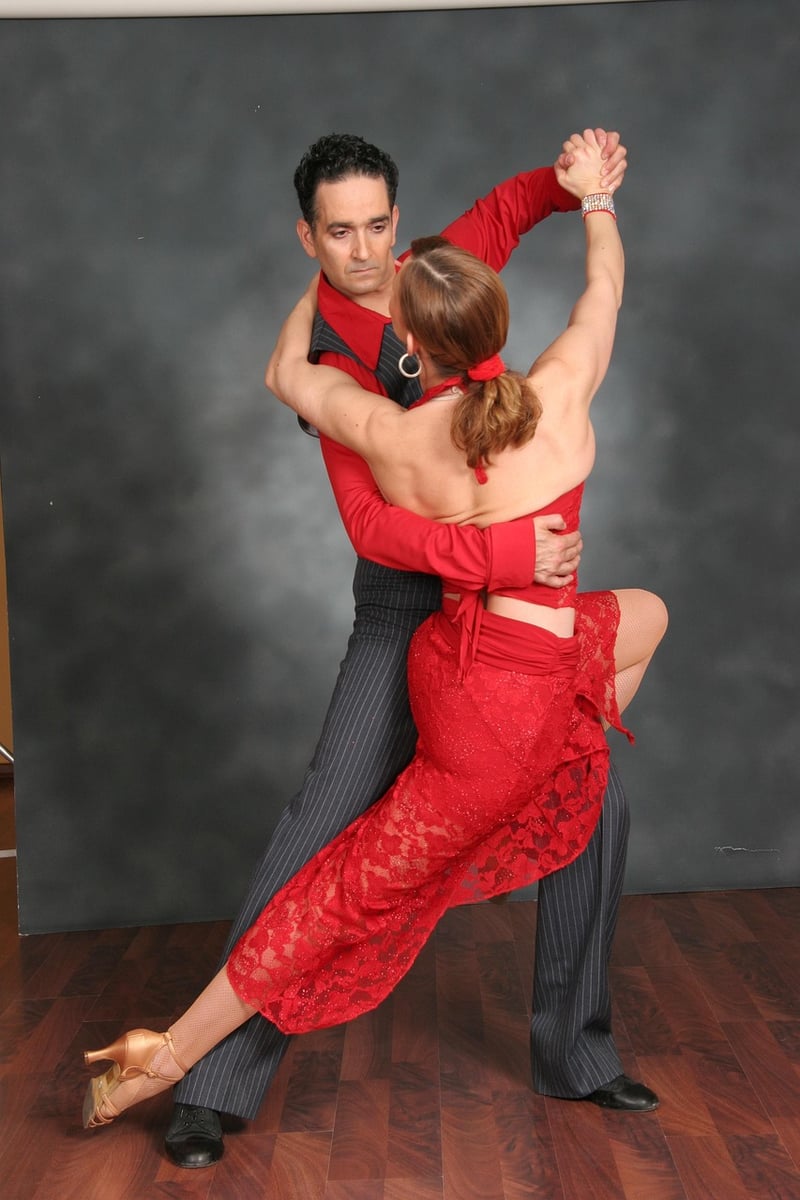Salsa
The Art of Expressive Movement: Exploring the World of Salsa Dancing

Salsa dancing is not just a dance; it's a form of expression, a way to connect with others, and a celebration of culture. The rhythmic movements, vibrant music, and passionate energy of salsa make it a popular choice for dancers around the world.
History of Salsa Dancing
Originating in the Caribbean, salsa dancing has roots in various dance styles such as Mambo, Cha Cha Cha, and Rumba. It gained popularity in the 1970s in New York City and has since evolved into different styles like Cuban Salsa, LA Style, and Colombian Salsa.
Expressive Movements in Salsa
Salsa is known for its expressive movements that involve intricate footwork, hip sways, and partner connection. Dancers use body isolations, spins, and dips to interpret the music and communicate with their dance partner.
Benefits of Salsa Dancing
- Improves cardiovascular health
- Enhances coordination and balance
- Boosts mood and reduces stress
- Builds social connections
Getting Started with Salsa
Whether you're a beginner or an experienced dancer, salsa offers a welcoming environment for all levels. Joining a salsa class, attending social dance events, and practicing regularly can help you improve your skills and immerse yourself in the world of salsa.
Are you ready to step onto the dance floor and feel the rhythm of salsa? Embrace the expressive movements, connect with the music, and let salsa dancing take you on a cultural journey unlike any other!

